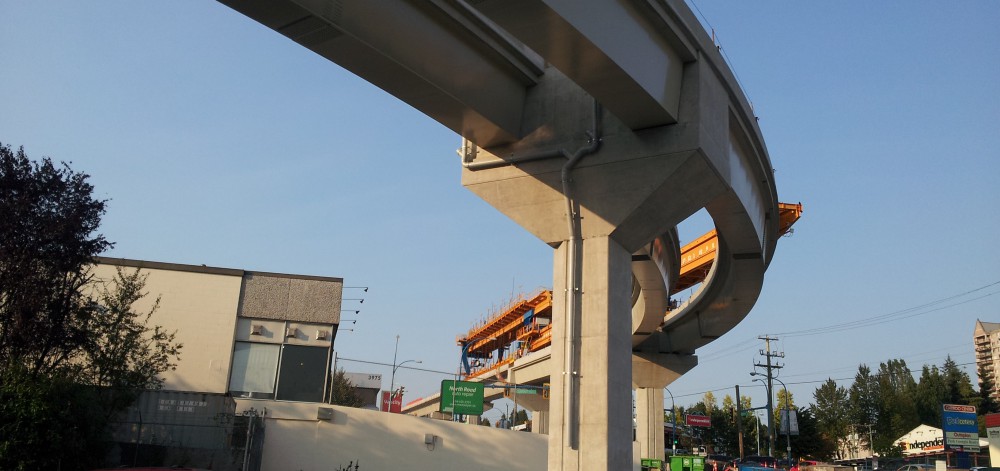As I browsed my news feed on the bus this morning, I noticed a trend emerging: there were service disruptions on Skytrain’s Expo line, this time east of Main Street station. Not again, I thought.
Whisking through the downtown tunnel from Granville, through the fog to Main, I opted to bus up to Broadway and onto the B-line enroute to the Millennium Line (headed to East Vancouver). It seemed the crush of people on the Main Street platform would not be going anywhere for some time, so movement was preferable. Total time added to my commute: 40 minutes. Far more than a typical day, but far less than what many people endured.
I planned my detour ahead of arriving at Main Street station. While there were transit staff present to assist with routing, I count myself fortunate that I was able to plan an alternate route. I could take either a 3, 8, or 19 bus to Broadway and connect to the 99-B line, the most frequent bus in the system. One of the incredible things about the Translink network (and other good public transit systems) became clear to me: the superb connectivity of the system allows for contingent travel in unforeseen circumstances just such as this.
Because several bus routes connect to each station, there are always alternate routes for travel, even if they’re not as fast as the Skytrain. Far from being trapped on a bus behind a collision or stall on a bridge (as I encountered on several occasions on the old 98 B-Line travelling into Richmond), or worse in a car on a gridlocked freeway, I had options for movement. It felt liberating.
Returning to the incident: the cause of the disruption turned out to be an incorrectly replaced power rail – an unfortunate but entirely possible result of the necessary upgrades the ageing Skytrain system is currently undergoing. It’s not the first such track-related incident since the project began, and it may not be the last.
However, what seems to be lost amidst the fray of frazzled commuters is that power rail replacement is a temporary project which is necessary to extend the life of what is otherwise an excellent, reliable system (on-time percentage is over 95%). The few disruptive incidents over the past few months have been well-publicized, and are perhaps to be expected in a project of this magnitude. However, they should not be taken as indicative of an overall lack of reliability for Skytrain.
Credit where it is due to Translink for supplying shuttle buses and single-tracked trains to relieve the congestion where possible, and for relaying information about the disruption and alternate options.
And let’s remember how fortunate we are to have such a well-connected system – particularly for disruptions such as today’s.
